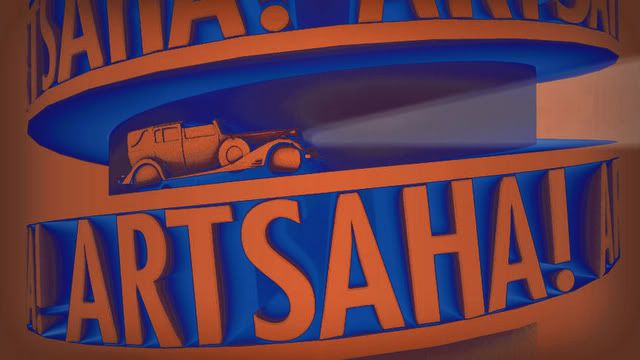A funny thing happened last night during the Los Angeles Philharmonic’s performance of 200 Motels. The audience turned on itself.
Before the show, the chorus warmed up the crowd with some catcalls, and that prompted the room to loosen up. The vibe was fun. The orchestra did a wave. The audience hooted and hollered like they were at the Fillmore. During an awkward silence, some brave soul chanced a “Freebird!” shout, and was lucky to get hearty laughs instead of groans.
It seemed like a loose crowd, that was in the mood for a fun show. From my vantage point, the audience was dominated by old Zappa fans. (A very nice old man in my section was cheerily wearing a bright yellow Wazoo helmet.) But it seems there’s some kind of critical mass that just can’t be escaped at an orchestra concert. Before long, concert etiquette killed the mood.
The concertmaster drunkenly stumbled onstage with his bow tie on his head and his shirt untucked. It was a cute gesture, but it signified a lot of what was to come, which was a serious orchestra trying way too hard to have fun. Esa-Pekka came onstage to a rock star’s ovation, but he simply mounted the podium and got down to business. The rambunctious crowd almost completely settled down by the time the Overture was finished.
A few hearty folks kept up the rowdy atmosphere during the opening numbers. They’d whistle and shout out one-liners in response to jokes in the show. Unfortunately for them, by the time Lonesome Cowboy Burt had left the stage, the rest of the audience had fully reverted back to reactionary classical concert mode. From that point on, the groundlings were shushed mercilessly. One poor fellow, who just did not want to settle down, kept doing his best to stay in rock ‘n roll mode. His neighbors nearly had him ejected. After several minutes of prudish hissing and reprimands to “Be quiet!!”, the guy gave up and behaved for the rest of the show.
The shift in behavior was a drag for the performers as well. The built-in gags that were designed to elicit audience participation later in the show fell flat. Everyone sat in their seats like they were watching a concert version of an opera, instead of the Zappa show they paid to see. Maybe if the LA Phil had let us take beers inside the hall, left the doors open, and let the musicians wear street clothes, the audience wouldn’t have reverted to “square” behavior. Odds are that it would have happened anyway. There just doesn’t seem to be any way around it, no matter how primed an audience is to have fun at a classical concert.
As for the show itself, it was a muddle. That’s the nature of 200 Motels, and I hope no one was expecting something else. The only real frustration was that the vocal mics were so incompetently mixed to an ear-splitting level. There was no blend between the orchestra and the soloists. They might as well have been in two different rooms. That disparity rendered Zappa’s orchestra score (the ostensible reason that we were all there) an afterthought, which is unfortunate given all its charms. For my money, the most arresting sonorities were the stacks of woodwinds during the masturbation scene.
[youtube]https://www.youtube.com/watch?v=8RwpOXYZHxI[/youtube]
 …what would you do?
…what would you do?
 ANALOG arts ensemble has just announced its instant composition contest,
ANALOG arts ensemble has just announced its instant composition contest, 
